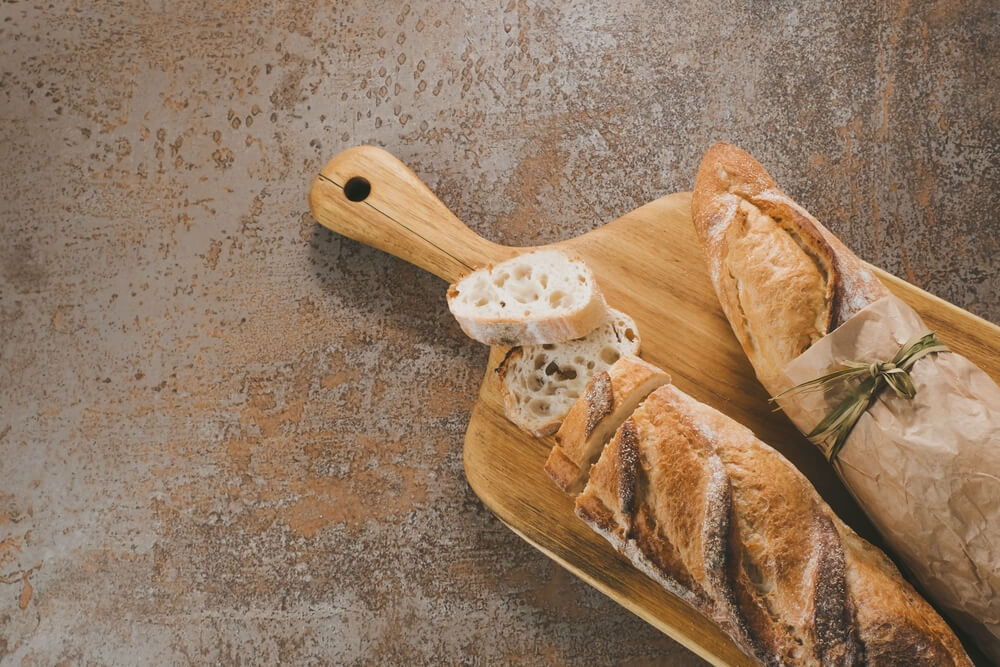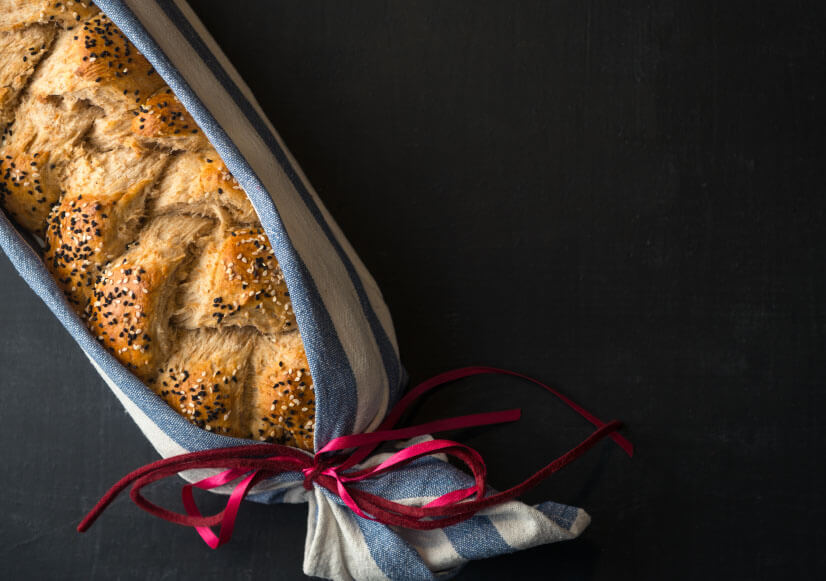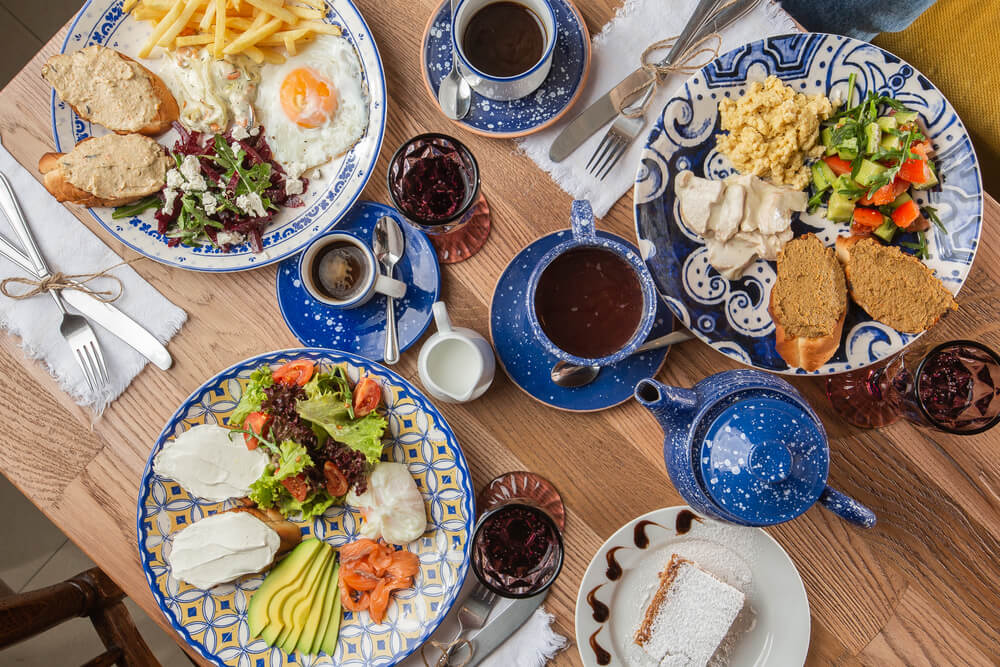You’re super excited about your brand new banneton, and now you’re dreaming about all the delicious sourdough bread you’re going to make. Buying a banneton is a game-changer for many aspiring bread artisans, and to get the most use from yours, you’ll want to prepare it the right way.
Check out the video below that perfectly shows how to prepare your new banneton for its first use, or keep reading for a quick tutorial.
Step 1: Spray the Banneton with Water
Evenly spray the inside of the banneton with water. It doesn’t have to be soaking wet, but you don’t want to leave any dry spots behind. If you don't have spray bottle in hand, you can also put the banneton under running tap water.
Step 2: Coat the Inside with Flour
Next, you want to spread an even layer of flour along the inside of the banneton. If you didn’t watch the video link above, you can dump a small cup of flour into the banneton, then angle it and turn it around so that flour falls into the crevices and along the sides. Dump out any excess flour, then leave it to dry.
For your first sourdough bake and every subsequent bake, all you have to do is coat the inside of the banneton with flour. This helps to prevent the dough from sticking and locks in the moisture to keep your dough from drying out.
Step 3: Clean and Store Your Banneton
Your banneton doesn’t need a deep clean every time you use it. You’ll want to make sure it’s completely dry before you store it to prevent mold and bacteria. Once a month, use a dry brush to brush out any excess flour. You may need to do this more often if you’re using your banneton frequently.
Which Flour Should I Use
Rye flour is a popular choice if you like your bread to have a good crust, it absorbs moisture better than normal white flour. While rice flour mixed up with white flour is also recommended by bakers, based on the fact that rice flour has no gluten so the dough won't stick to the proofing basket, the mixture of rice flour and white flour will give the bread a beautiful rustic pattern and it also makes much easier to get the bread out in shape. 1:1 is a good start for the proportion of the mixture, but try different combinations and find out what works for you.
For more sourdough tips and baking inspiration, head back to our blog or pick up what you need to prepare your bread here.





